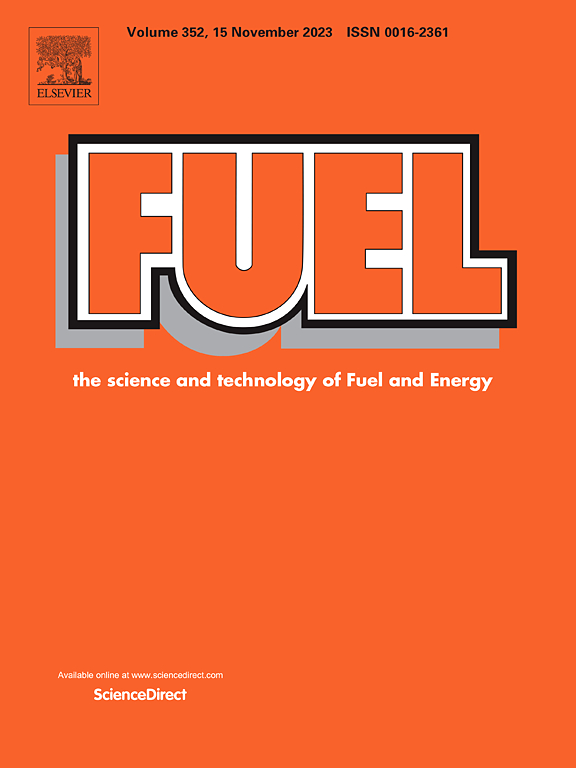Tandem catalytic process for CO2 methanation using ketonization-derived hydrogen over TiOx
IF 6.7
1区 工程技术
Q2 ENERGY & FUELS
引用次数: 0
Abstract
Carbon dioxide (CO2) hydrogenation technology has been identified as a promising strategy to mitigate global warming. However, its practical approach faces significant challenges, one of which is the requirement for an external hydrogen supply. One potential solution involves coupling biomass conversion with CO2 hydrogenation, utilizing the derived hydrogen (H*) for converting CO2 into value-added products. Ketonization is one of the effective biomass conversion techniques capable of producing ketones and potentially generating hydrogen through hydrogen abstraction from reactants, as proposed by reaction mechanisms. This study investigated the CO2 hydrogenation utilizing in-situ generated H* from methyl palmitate ketonization over TiOx catalysts with varying oxygen vacancies (Ov) levels. The results indicated that Bl.TiOx, possessing the highest Ov level, exhibited superior ketonization activity (70 % conversion), leading to enhanced H* generation, resulting in production of H2 (100 µmol.min−1) and CH4 production (357 µmol.min−1). This enhancement is attributed to Ov in facilitating acid-base pairs formation, thereby promoting blue H2, CH4, and palmitone production. Interestingly, CO2 co-feeding enhanced both CH4 production to 210 μmol.min−1 via CO2 methanation and blue H2 generation to 480 μmol.min−1 through accelerated coke dehydrogenation on Bl.TiOx catalyst, while having little impact on ketone formation. Another surprising advantage of CO2 co-feeding was the enhanced stability of the catalyst for the ketonization reaction, potentially attributable to the filling of Ov sites with CO2. The findings of this study highlighted that co-feeding CO2 into the ketonization process provides a novel strategy for CO2 methanation using biomass-derived hydrogen, simultaneously enhancing biofuel production and catalyst stability.

求助全文
约1分钟内获得全文
求助全文
来源期刊

Fuel
工程技术-工程:化工
CiteScore
12.80
自引率
20.30%
发文量
3506
审稿时长
64 days
期刊介绍:
The exploration of energy sources remains a critical matter of study. For the past nine decades, fuel has consistently held the forefront in primary research efforts within the field of energy science. This area of investigation encompasses a wide range of subjects, with a particular emphasis on emerging concerns like environmental factors and pollution.
 求助内容:
求助内容: 应助结果提醒方式:
应助结果提醒方式:


